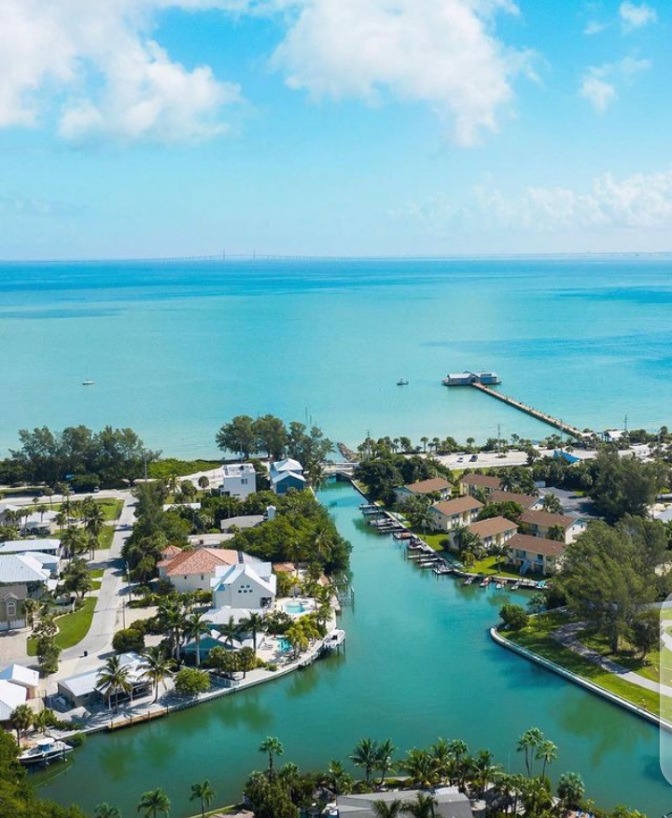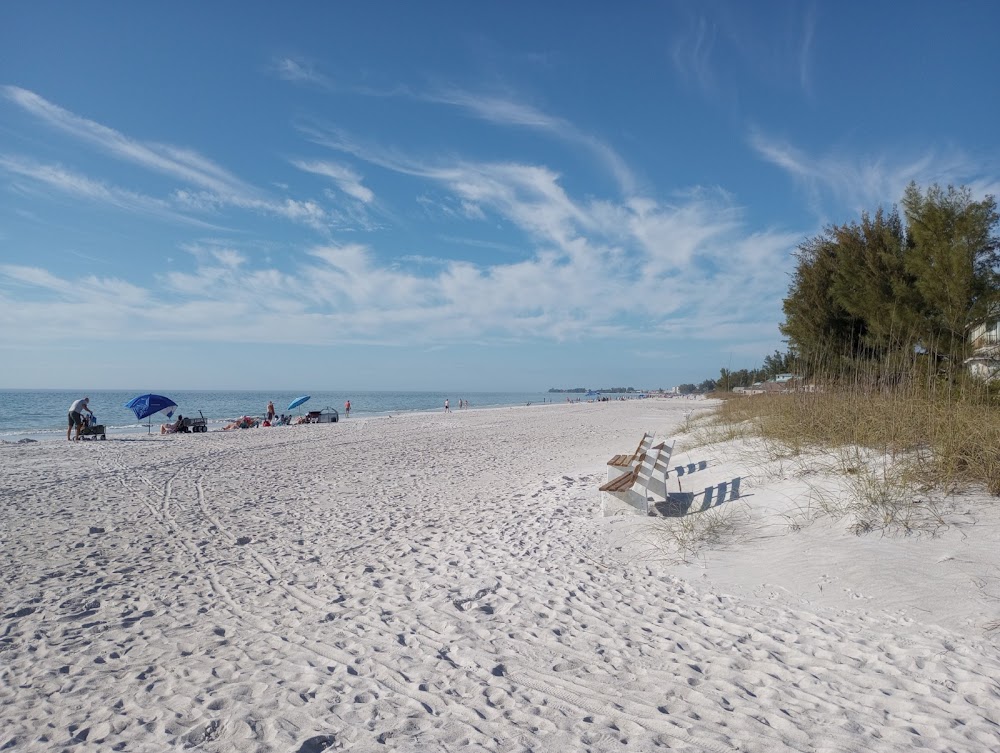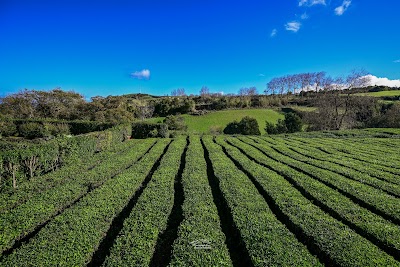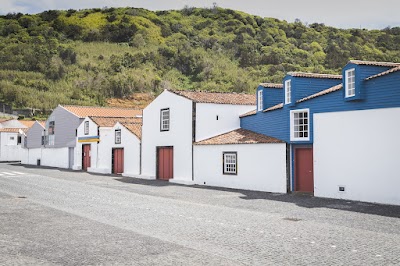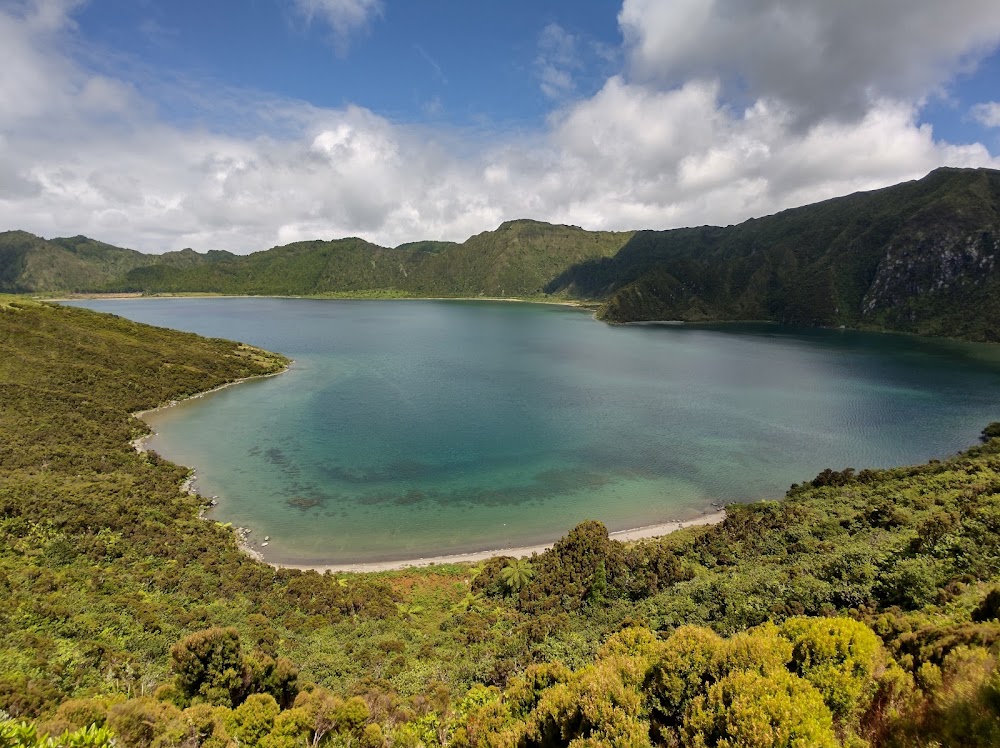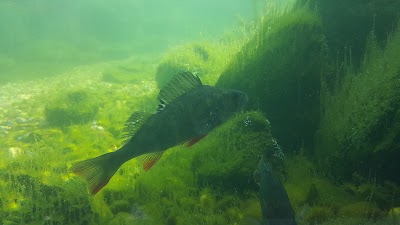Santa Maria Island (Ilha de Santa Maria)
Related Places
Overview
Introduction to Santa Maria Island
Anna Maria Island, also known as Santa Maria Island, is a breathtaking gem nestled in the Azores archipelago of Portugal. Renowned for its lush landscapes, pristine beaches, and rich history, this island promises visitors a captivating experience that combines natural beauty with cultural depth.
Historical Significance
The island's history dates back to the early 15th century when it was first discovered by Portuguese explorers during the Age of Discovery. Led by Gonçalo Velho Cabral, an explorer commissioned by Prince Henry the Navigator, the island was identified as a prime candidate for settlement. It was the first of the Azorean islands to be charted, sparking the arrival of settlers around 1439 who brought with them various crops and livestock.
Agricultural Development
Thanks to the island's fertile volcanic soil, agriculture flourished. Settlers introduced wheat, barley, and grapevines, establishing a robust farming tradition. Livestock, including cows, pigs, and sheep, also thrived, providing essential food supplies for the growing community.
Architectural Highlights
As the community developed, so did its architectural landscape. A notable landmark is the Church of Our Lady of Purification, constructed in the 15th century by the island's first settlers. This church remains a significant testament to the island’s historical and cultural evolution, attracting visitors interested in its rich heritage.
Maritime Importance
In the 16th century, Santa Maria Island became a critical waypoint for ships navigating between Europe and the Americas. This newfound prosperity, however, brought challenges, including threats from pirates. In response, fortifications were constructed to safeguard the island and its inhabitants, many of which are still visible today.
Natural Wonders
The island's natural beauty is truly captivating. With striking volcanic landscapes, including Pico Alto, the highest point on the island, Santa Maria is a paradise for nature lovers. Visitors are also drawn to golden sandy beaches like Praia Formosa and São Lourenço Bay, making it a perfect retreat for those seeking tranquility and breathtaking scenery.
Eco-Tourism and Activities
Efforts to preserve Santa Maria's rich history and pristine environment have led to a focus on eco-tourism. Activities such as hiking, bird-watching, and diving are popular among visitors eager to explore the island's diverse biodiversity. Additionally, the island hosts annual events like the Regional Sea Week, celebrating its maritime heritage and fostering community spirit.
Culinary Delights
Santa Maria's local cuisine is deeply rooted in its maritime traditions. Fresh seafood dishes, such as grilled fish and caldeirada (a traditional fish stew), are must-tries for culinary enthusiasts. The island is also famous for its delightful sweets like “biscoitos de orelha,” enjoyed by both locals and tourists alike.
Visitor Amenities
For both residents and visitors, Santa Maria Island offers a range of facilities, including a hospital, schools, and various accommodations that cater to different preferences, from quaint guesthouses to charming small hotels. Accessibility is made easy with an airport and ferry services connecting the island to the mainland.
Conclusion
In summary, Santa Maria Island is a harmonious blend of history, natural beauty, and modernity. It stands as a vivid illustration of the Azores' rich cultural and natural heritage, inviting travelers on a unique journey through time while promising serene and picturesque landscapes. Whether you seek adventure, relaxation, or cultural immersion, this enchanting island is sure to leave a lasting impression.


